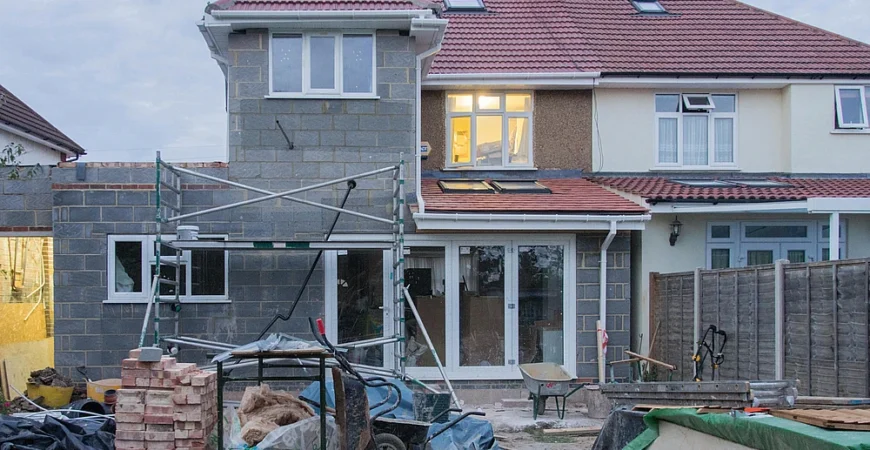Applying stucco over existing surfaces like brick or wood is a popular way to modernize a home’s exterior and improve insulation. However, retrofitting stucco onto different substrates requires careful planning, proper materials, and professional execution to ensure long-term durability and visual appeal. Here’s what homeowners and contractors should know before starting a stucco overlay project on brick or wood surfaces.
Why Cover Brick or Wood with Stucco?
Brick and wood are common exterior materials, but they may not provide the aesthetic or energy efficiency desired in today’s market. Stucco offers a clean, customizable finish that can dramatically improve curb appeal while providing better moisture protection and thermal insulation.
Older brickwork may be deteriorating or uneven, and aging wood siding may have issues with pests, warping, or fading. Applying stucco can breathe new life into these surfaces—if done correctly.
Preparation Steps Matter
Proper surface preparation is the most important step in applying stucco over brick or wood. On brick, this may involve power washing, sealing cracks, and applying a bonding agent. For wood, it’s essential to install a moisture barrier (house wrap or felt), followed by metal lath or wire mesh to support the stucco.
Skipping these prep steps can lead to cracking, water damage, or complete system failure within a few seasons.
Differences in Installation
While traditional stucco is applied in three coats over lath, the base material underneath makes a big difference. Wood requires extra moisture control, while brick may need a scratch coat to promote adhesion.
Synthetic stucco systems (EIFS) can also be used, but they require additional insulation layers and drainage channels when installed over wood or porous brick.
Moisture Control Is Critical
Wood-based structures are especially susceptible to moisture damage, so proper flashing, weep screeds, and water-resistant barriers must be in place. Brick, although more resistant, can still absorb moisture—especially in older masonry. Without drainage and sealing, trapped moisture can compromise the entire system.
Professional installation includes building a layered defense against moisture intrusion from the foundation up to the roofline.
Cost and Longevity Considerations
Adding stucco over brick or wood can cost more than a new siding installation due to the labor-intensive preparation. However, the benefits of improved insulation, durability, and aesthetics often justify the investment.
When installed correctly, stucco can last 50+ years with minimal maintenance—making it a smart choice for long-term value.
Conclusion
Stucco overlays are an effective way to modernize brick or wood exteriors while enhancing energy efficiency and weather resistance. However, success depends on thorough preparation, experienced application, and strict attention to moisture control.
Ready to give your home a fresh exterior look? Contact Total Exteriors Pro for a free estimate on stucco overlay projects and expert guidance tailored to your property’s needs.





